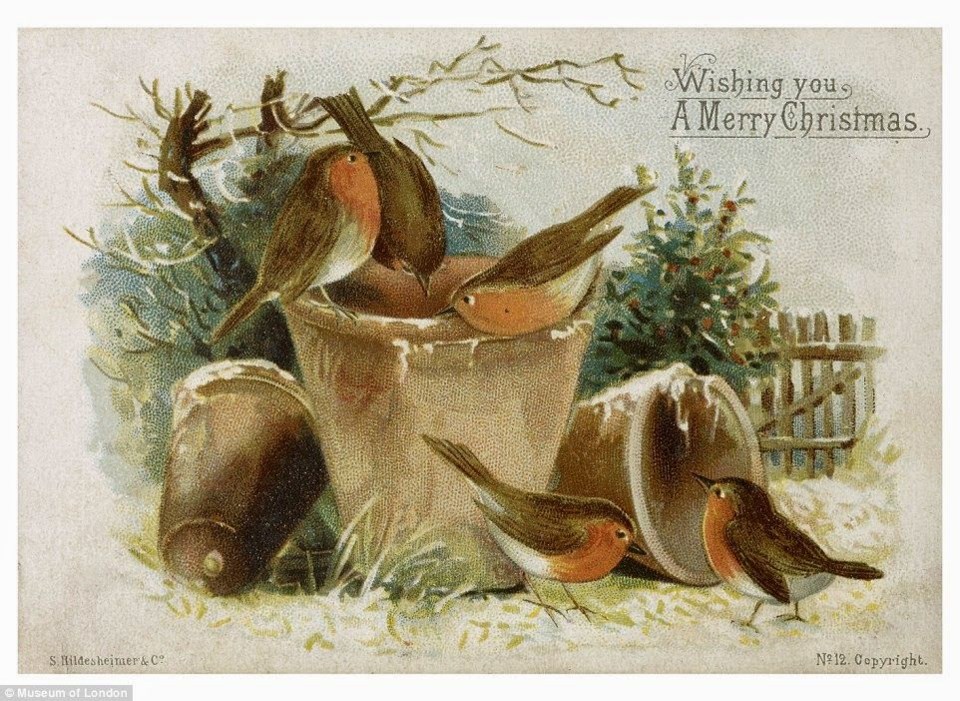Numerous bird species, including some native to our region, play a prominent role in timeless yuletide legends. These warm stories date back to the very origins of the holiday.
The red-breasted robin is widely associated with the holidays. You’ll often see decorative robin ornaments adorning Christmas trees, for example, or you might see these birds depicted in seasonal artwork.
Some stories suggested that the robin received its trademark red chest while attempting to alleviate Jesus’ suffering upon the cross at the crucifixion. The robin, moved by Jesus’ torment, attempted to pluck the Crown of Thorns from Jesus’ brow. One version of the tale says the robin was struck by the thorns and its blood stained its feathers.
Another tells that the robin was splashed by Christ’s blood. In either event, the robin’s chest feathers were forever stained crimson.
Yet another robin legend states that the bird flew to the Bethlehem manger where the baby Jesus lay shivering in the night’s cold. Wanting to warm the Son of God, the bird attempted to fan a sputtering fire with its wings. In the process, it was singed by the flames, which explains why today the robin is marked by a red breast.
All robin tales have one thing in common: God rewarded the robin for its kindness towards Jesus by granting it a beautiful voice. Robins have been linked to Jesus, and by extension Christmas, ever since.
Waterfowl – depending on the tale it might be ducks, geese, or gulls – helped protect the Holy Family in their flight to Egypt, keeping Mary, Joseph, and baby Jesus safe from pursuing soldiers. On board their ship, for example, the family was warned by a flock of guardian birds that the ship was doomed to sink in a brewing storm. Mary, Joseph, and Jesus went ashore and watched as the ship upon which they had sailed was engulfed by a wave and disappeared beneath the seas. The holy family narrowly avoided a terrible fate.
Trumpeter swans were once common throughout North America. Now, they are greatly reduced. A population lives on Georgian Bay but can be seen inland and in wetlands around Lake Simcoe. Throughout history swans have represented royalty, including Jesus, the King of Kings. Ever wonder why in the song The Twelve Days of Christmas on the 7th day the lover sends seven swans? Its because swans represent the Seven Gifts (or Sacraments) of the Holy Spirit.
In recognition of the enduring connection of birds to the Christmas story, many European cultures have long fed birds during the yuletide season. In Norway, for example, the julenek is a sheaf of grain set on a pole for birds, while in Hungary the last sheaf of the fall harvest is kept and given to wild birds on New Year’s morning. Many early Innisfil settlers continued this practice.



